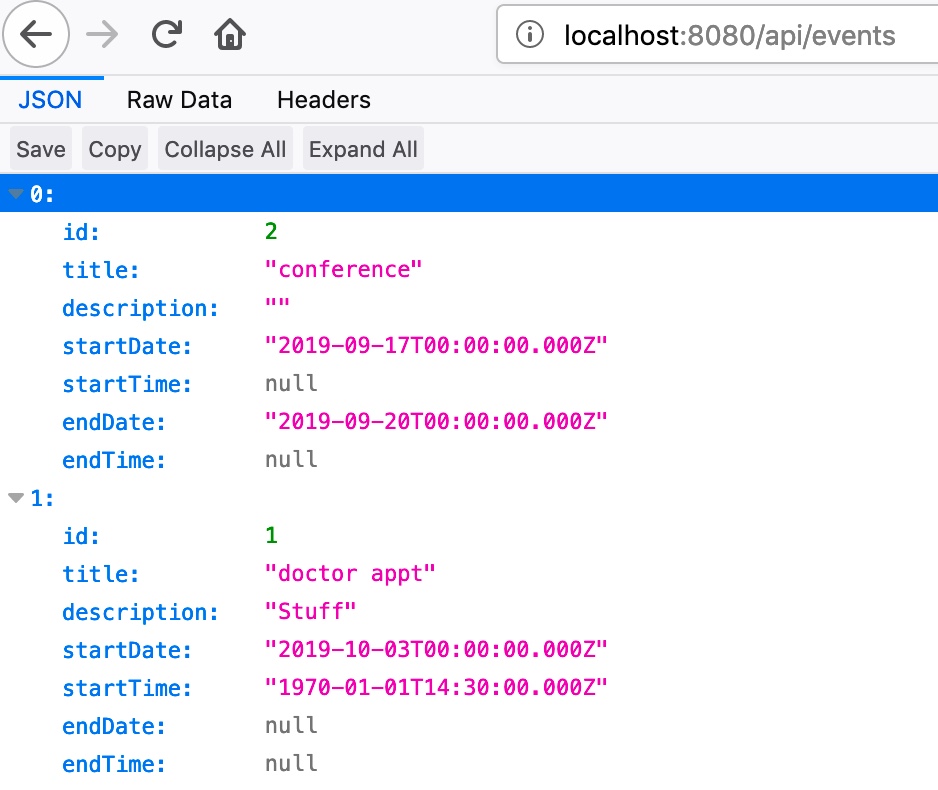

- #Sql server 2016 express json how to
- #Sql server 2016 express json upgrade
- #Sql server 2016 express json code

Let’s use a simple example to demonstrate what the PATH mode with FOR JSON clause can do.
#Sql server 2016 express json how to
The main difference between the PATH and AUTO mode is that, with the PATH mode, a user has a full control over the way of how to format the JSON output while with the AUTO mode the FOR JSON clause will automatically format the JSON output based on the structure of the SELECT statement. However, if you are running the Standard, Web, or Express edition of SQL Server, and you are using some new features that are unlocked only when you start SQL Server 2016 SP3, you might experience errors or see databases left in a suspect state after the uninstallation of SQL Server 2016 SP3.
#Sql server 2016 express json upgrade
If I had express edition that issue would be easy - I could free upgrade my SQL. When export query results to JSON, one of the mode must be used with the FOR JSON clause, otherwise the following error will occur: I have server with MS SQL Server 2012 Enterprise Edition, but I would like to use new functionality from MSSQL 2016. To format/export query results as JSON, use the FOR JSON clause with the PATH or AUTO mode. After changing the data type of the Contact column from varchar(max) to nvarchar(max) and executing it, the following results will appear: Let’s change data type for Contact column and execute the query again.
#Sql server 2016 express json code
Let’s declare a SQL Server variable and put JSON code in it.īut this time an error message will appear:ĪS JSON option can be specified only for column of nvarchar(max) type in WITH clause.Īs the message says AS JASON option supports only nvarchar(max) data type.

More information about structure of the JSON can be found on this link. With SQL Server 2016, built-in functions can parse JSON text to read or modify JSON values, transform JSON array of objects into table format, any Transact -SQL query can be run over the converted JSON objects, results of Transact-SQL queries can be formatted into JSON format. This article will explain how to import JSON data into SQL Server 2016 table and how to export data from SQL Server 2016 table as JSON using SQL Server 2016 built-in functions. You can use standard NVARCHAR columns to store JSON data in SQL Server 2016. Since external systems format information as JSON text, JSON is also stored in SQL Server 2016 as text. XML is too wordy (lots of characters wasted on closing tags), it has elements AND attributes (I don’t like having to program for two different scenarios), and depending on what language you are programming in, sometimes you need Schema files. Most modern web and mobile services return information formatted as JSON text, all database web services, web browsers (Firefox, Internet Explorer) return results formatted as JSON text or accept data formatted as JSON. Starting with the 2016 release, SQL Server offers native JSON support for native XML. JSON is very popular and currently the most commonly used data exchange format. JSON is an abbreviation for JavaScript Object Notation.


 0 kommentar(er)
0 kommentar(er)
